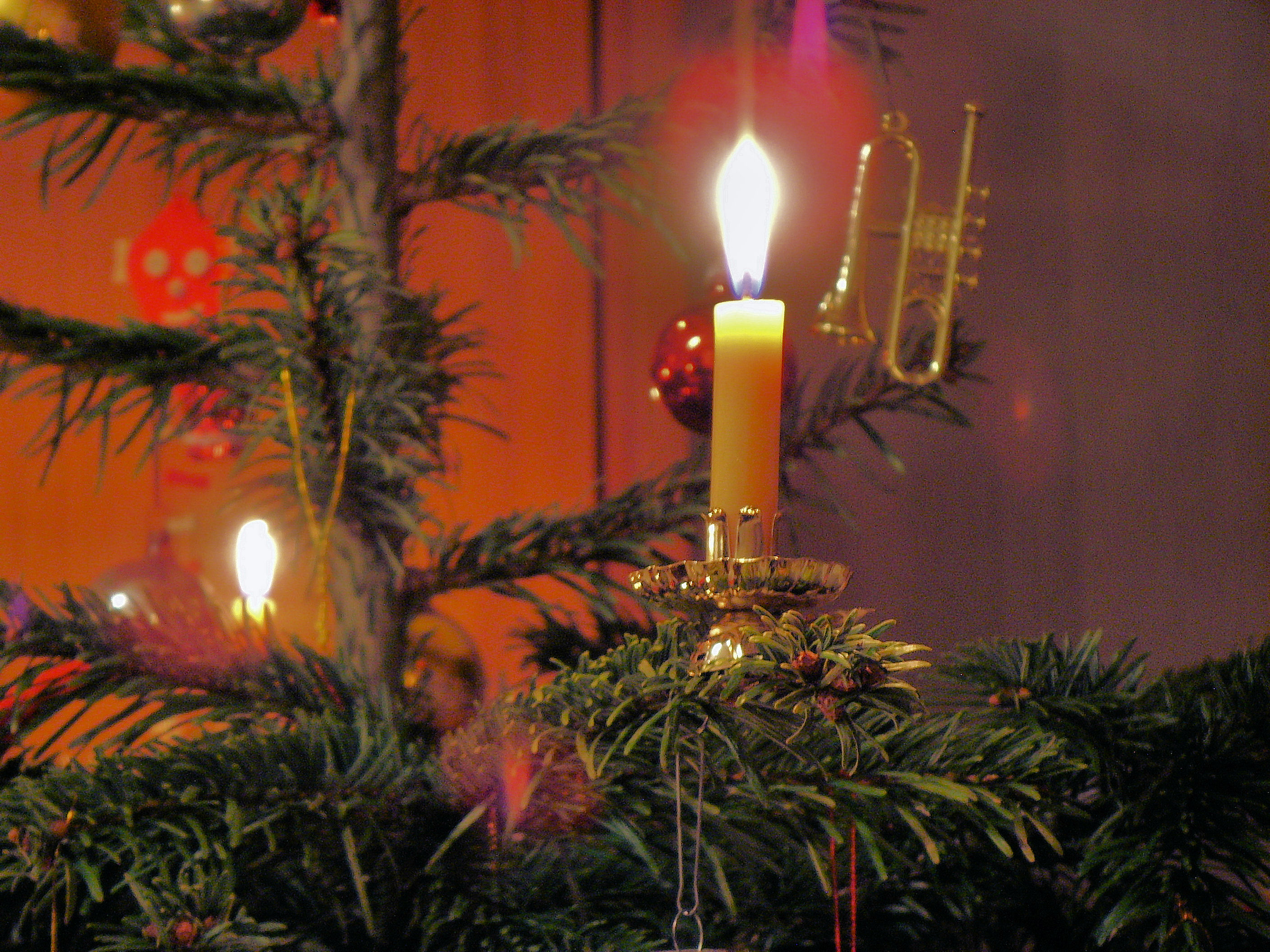
There are a few differences between being an anthropologist studying wealth and poverty and an economist doing the same. As an anthropologist I am more focused on the social, cultural and cognitive motivations that either bind a person to poverty or allow them to experience the freedom of wealth. In this effort we have to contrast the Culture of Poverty of which I was a product, and the Culture of Wealth to which I aspire.
I had a conversation with a young woman the other day about the importance of financial discipline. She told me that she had heard it all before. “I know,” she said. “Save all your money while you’re young so you can have it all when you’re old. She continued, “I don’t want to wait until I’m old to enjoy life. I want to enjoy life now.” The statement was a bit oversimplified and shortsighted, but I withheld my rebuttal. I was less interested in correcting her misunderstandings of a financial plan than I was in learning about the cognitive themes of financial self-sabotage.
It took me several days of reflecting on this exchange before I realized what’s going on here. I come from a family of meager resources. Although I’m still a young man, I’ve seen what it’s like to be poor and old. It’s fraught with far more peril than being poor and young. The physically impaired don’t have the ability to go out and make more money. Young people tend to be stupid. Most of us view ourselves as being so far removed from the golden generations ahead of us. It’s almost as if our future is not even real. Snap! That’s it.
It’s been said time and again that people who amass wealth have a long term perspective, whereas people who remain in poverty or return to poverty tend to have a short term perspective. But if it was as simple as this seeming platitude suggests, a person should simply be able to plug this formula in and make it work. There is something more going on here.
What the hell does it really mean to have a “long term perspective” anyway? Certainly there’s more to it than just reciting a few more trite descriptions and definitions of the term. If it was as simple as understanding the diction involved, then everyone would be on a path to financial liberty.
The people who blow all their money on trivialities, failing to save and plan for the future can just as easily consciously understand the meaning of “long term perspective” and why it’s better than a “short term perspective.” Yet, many of us have continued doing the same things, thinking the same ways, focusing on the same points and continuing to operate from a “short term perspective.”
The problem is that although having a strong financial knowledge is important to money management, that knowledge must be internalized for it to alter our perspective to any real degree.
The problem with those who fail to plan is that their future is not real to them. What is real to them is the here and now; this month, this week, today. Rarely is it even about “this year,” and for some of the real slackers out there it’s rarely even about anything more than this moment. This is not just an issue of time span perspective. It’s about perception of reality.
To the terminally impoverished, their future is as much a fiction to them as anything J.R.R. Tolkien ever wrote. They don’t even see their future selves as real people whose situation needs to be planned. Failing to execute a financial plan for the future is essentially the same as consigning your future self to poverty. That is you.
Think about this for a moment. If you had the power, would you create an old person with disabilities and without the resources to care for themselves and their liberty? That is what we do every day that we allow to pass us by without a sensible economic plan for the future, spending everything and saving nothing.
Most people don’t plan for the future or try to save even small amounts for future investments because it might take so many years before it’s really worth anything. Twenty years from now is twenty years away. That is until it gets here. And it’s coming one way or another regardless of what you do. At the end of that twenty years are you going to look back and say “I wished I had planned for this,” or are you going to say “I sure am glad my younger self was responsible enough to plan for me now.”?
This all starts with realizing, accepting and internalizing that fact that the future is very real. It might even be more real than the past because the future can still be affected. You’re future self is a real person; just as real as you are now.
Treat your future self like a real person. Treat all you future selves like real people, from decade to decade. Get to know them. Consider what their needs are. Realize that you are responsible for their wellbeing. Now realize that they are YOU, even now. Their wellbeing, their health, their wealth, or the lack of any of it is something only you can control.
Like this:
Like Loading...










